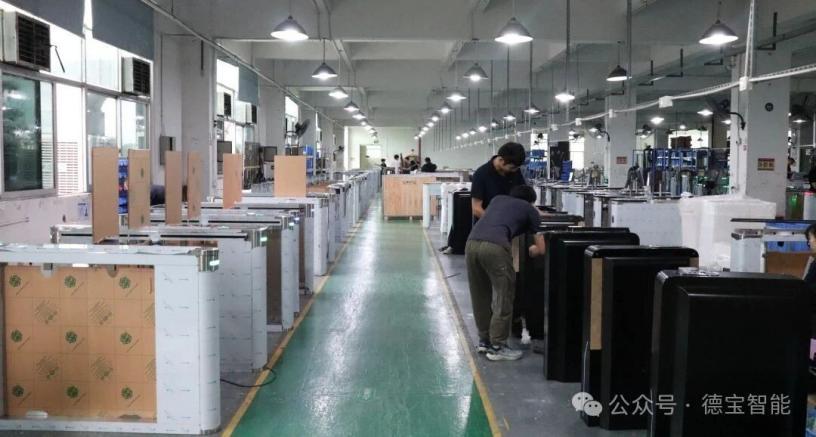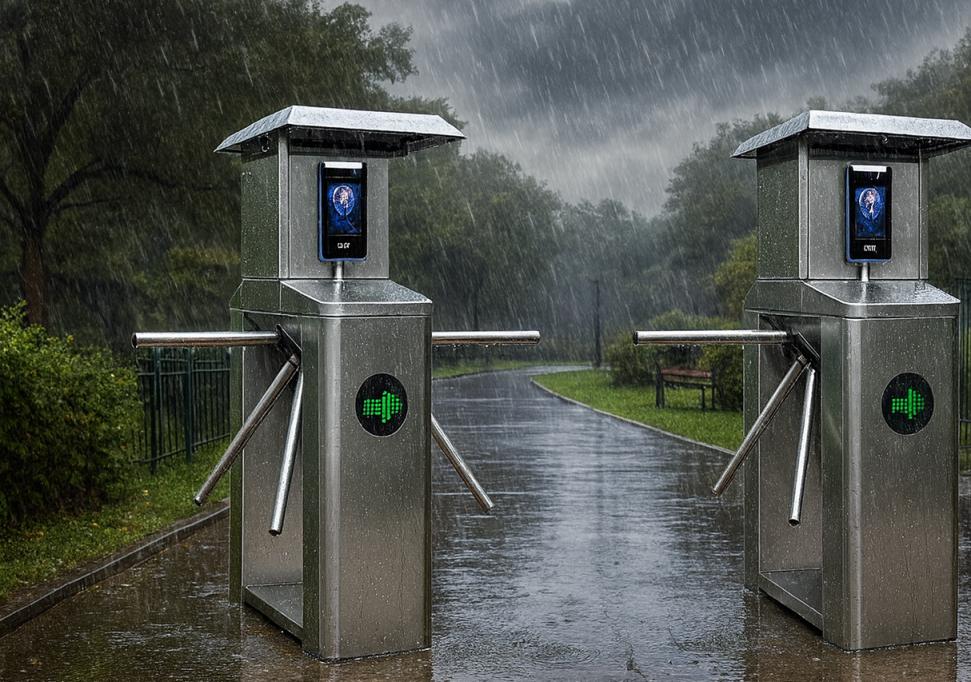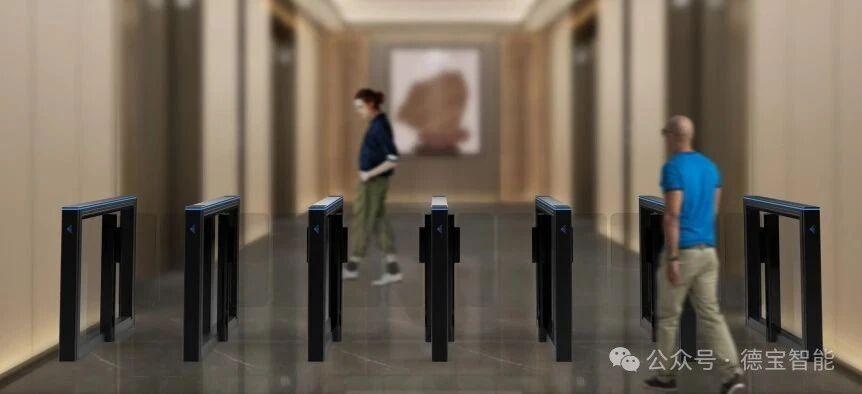Common Problems Without Tripod Turnstile For Stadium Entrance Solutions

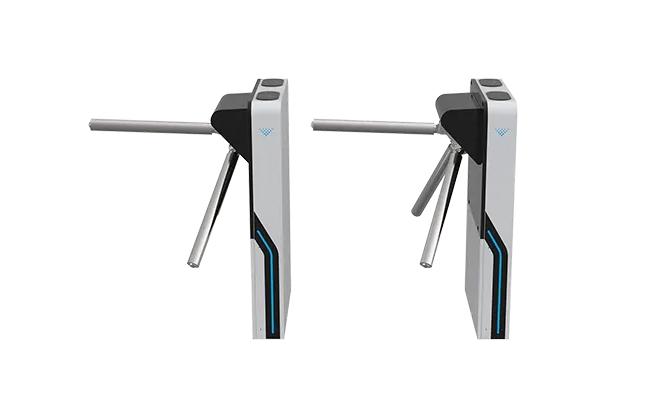
Stadiums that skip Tripod Turnstile For Stadium Entrance controls often feel the pain before kick-off. Lines crawl. Staff improvise. Fans get restless. Ticket checks turn inconsistent. Data disappears at the gate. Security focus drifts. Costs rise without warning. These are common problems without true entrance solutions. Yet the symptoms are only the surface. Behind them sit hidden risks: tailgating, policy drift, and gaps in accountability. We have seen how one weak lane can undo months of planning. What causes that break? And which quick fixes make it worse? Stay with us – the next section reveals the pattern and how to stop it.
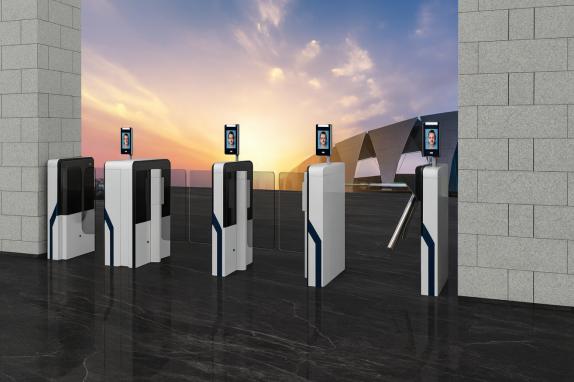
Why Venues Need Tripod Turnstile For Stadium Entrance
At Turboo, we spend match days on the ground with operations teams. When gates rely on ad-hoc barriers and manual checks, queues thicken, radios light up, and fans grow impatient. Staff must validate tickets while scanning the crowd for risk – an impossible mix when thousands show up within a short window. Without a standardized checkpoint, policy becomes a conversation at every lane. That is slow, subjective, and stressful.
The damage is not only at the gate. When the venue lacks a consistent Tripod Turnstile For Stadium Entrance setup, entry data vanishes. Planners cannot compare throughput from one event to the next. Training resets every season because procedures drift by shift and by supervisor. Meanwhile, auditors and safety partners want a clear record of who entered and when. With clipboards and hand gestures, that record does not exist.
✅ What Operators Tell Us On Site
- Crowd surges create bottlenecks and complaints just before kick-off
- Manual checks miss ticket fraud and slow the line during peak minutes
- Security posture varies by gate and by shift, causing policy confusion
- Integrations with ticketing, access control, or attendance are limited
- Little traceability for incident review and post-event reporting
- Routine entry control requires too many staff hours to sustain
In short, the guest journey suffers and brand trust erodes. The fix is not more persuasion at the rope line; it is a firm, visible process that scales with demand. That is why a dedicated Tripod Turnstile For Stadium Entrance plan matters.
How Turboo Prevent These Risks
Turboo builds for real stadium conditions – wind, dust, spilled drinks, and heavy footfall. Our design is reasonable and reliable, with low noise and smooth operation that sets a calm tone before fans even reach the concourse. A durable mechanism supports long service life, so venues schedule events, not repairs.
- Built for the Rush
At the core is a brushless motor working with our professional machine core. This pairing delivers steady, tamper-resistant motion under load. It reduces wear and keeps performance consistent across long opening windows. When the pressure rises, the lane still feels predictable. Staff can focus on exceptions rather than wrestling with hardware behavior.
- Guidance That Keeps Queues Moving
Fans need instant feedback. Our RGB indicators do exactly that – green for a valid credential, red for an illegal or rejected one. No guesswork, no debate. A clear light signal prevents hesitation at the tripod and keeps the line moving. For venues with group entries or re-tries, card logic can be set with memory or without memory to match policy. That small setting eliminates repeated disputes and aligns the hardware with the ticketing rules.
- Flexible Logic, Safer Lanes
A built-in automatic reset returns the lane to locked if no passage occurs within the set time. That simple safeguard closes the window for tailgating and resets the system for the next fan. The result is a steady rhythm at each gate rather than bursts of confusion.
Compatibility matters as much as mechanics. Our Tripod Turnstile For Stadium Entrance units integrate with IC and ID cards, scanning, and face recognition (where policies allow). A unified, standard external electrical interface makes system integration straightforward. You can extend functions for access control, attendance, and fees without re-engineering your infrastructure. One unit can operate as a complete lane, and the construction is fully suitable for outdoor use. That means fewer surprises on wet nights and faster deployments across exposed perimeters.
Integration pays off on event day. With open interfaces, your ticketing, access control, and attendance tools coordinate instead of compete. You gain a consistent data layer – entry speed, exception counts, and lane utilization – that supports real post-event analysis. Over time, your plan improves because your measurements are real, not anecdotal.

A Practical Path Forward
Think of the stadium as a logistics hub. The goal is not only to admit every ticketed guest but to do it with calm, repeatable steps. A Tripod Turnstile For Stadium Entrance plan provides that structure. Start at the perimeter. Map peak arrival profiles. Decide which lanes need group handling and which should prioritize rapid singles. Then tune device settings – memory on or off, reset timing, indicator behavior – so the hardware reflects your policy, not the other way around.
Avoid deploying features you will not support operationally. If you plan to enable scanning or face recognition, align with your privacy, consent, and signage requirements first. Once approved, connect through the standard interface so updates flow without fragile workarounds. This is where open integration beats closed stacks. Your ticketing partner changes? The lane stays. Your attendance rules evolve? Update settings, not concrete.
Training should be short and visual. Show staff how the RGB guidance works, how to handle exceptions, and when to escalate. With predictable mechanics and clear signals, most questions resolve at the device. That reduces radio traffic and keeps supervisors available for genuine incidents.
From a security viewpoint, consistency is protection. Automatic reset limits opportunistic breaches. Clear red/green cues reduce subjective calls. And a unified audit trail makes after-action reviews practical. You can examine where queues formed, how long they lasted, and which lanes absorbed the load. Over a season, those insights translate into better lane allocation, smarter staffing, and quieter gates.
As you plan upgrades, remember the broader ecosystem. A stadium access control turnstile is not an island; it is a node in sports venue entrance management. With Turboo, the pathway is straightforward: quiet, smooth mechanics; durable construction for outdoor deployment; RGB guidance that removes doubt; card logic with or without memory; automatic reset to keep lanes secure; and a standard interface that welcomes your current systems rather than replacing them.
Call to Action
If peak-time congestion, manual checks, and uneven security are holding your venue back, talk to Turboo. We will help you design and deploy a Tripod Turnstile For Stadium Entrance solution tailored to your perimeter, climate, and crowd profile. Our team can map lanes, align device settings with your policies, and integrate with your existing platforms for ticketing, access control, attendance, and fees. The result is a cleaner entry rhythm, less stress for staff, and a better first impression for every fan who walks through your gates.
When the next big game or concert arrives, success should not depend on improvisation. It should rest on a clear, quiet, and repeatable process – one that starts with a Turboo tripod turnstile and ends with fans in their seats, on time.










